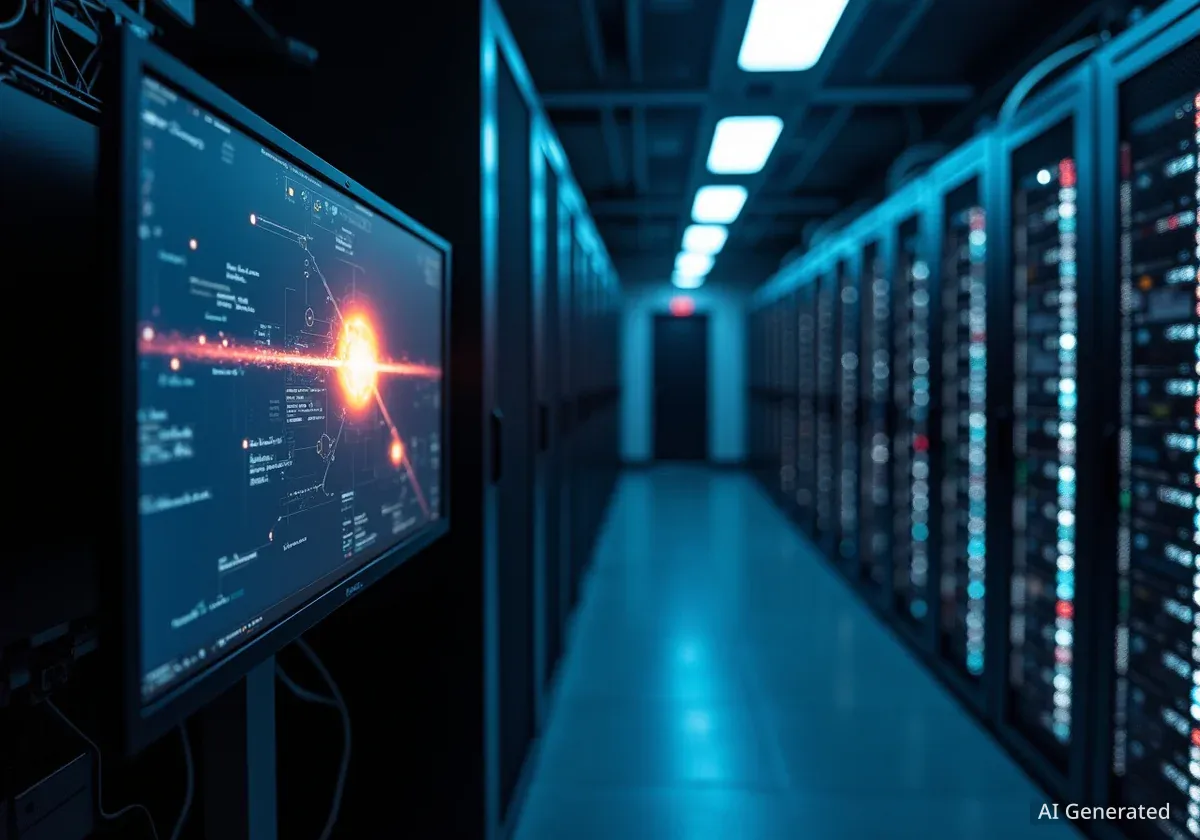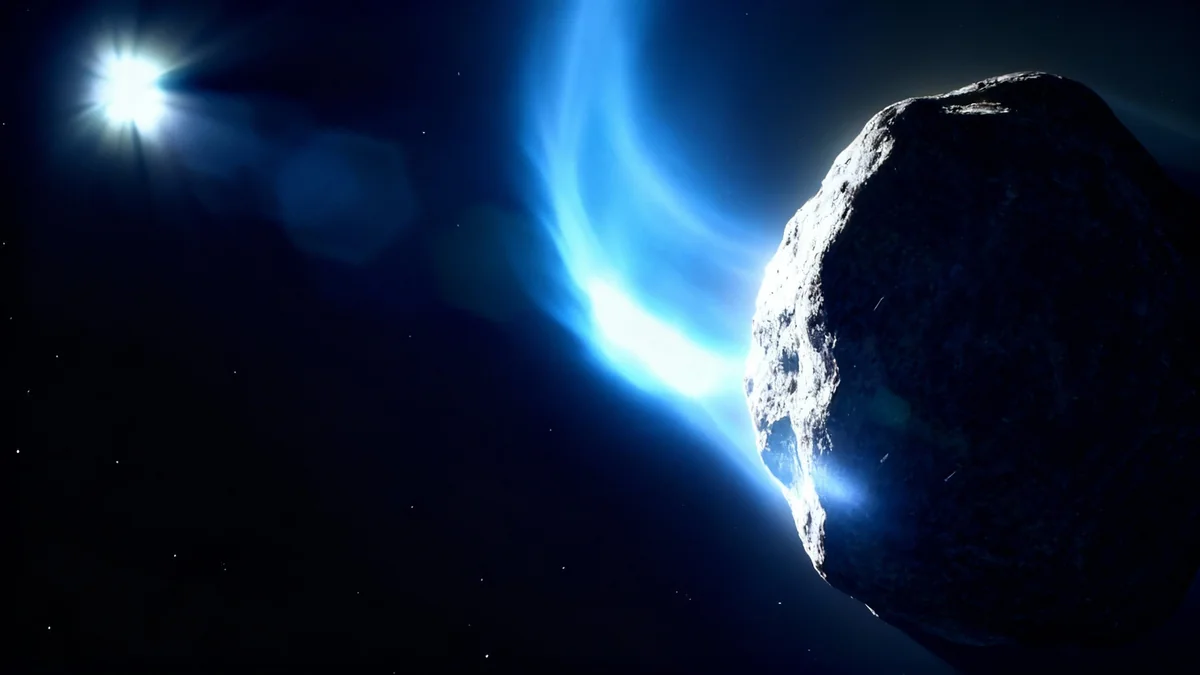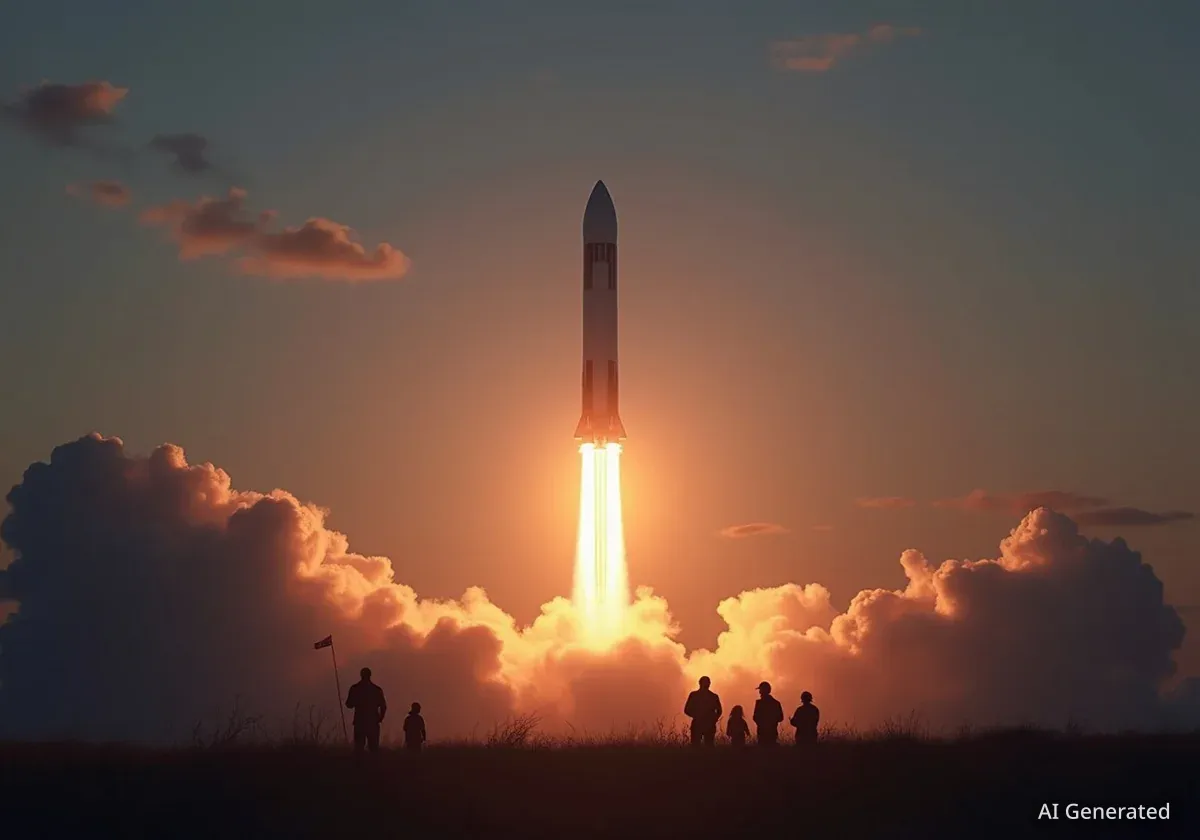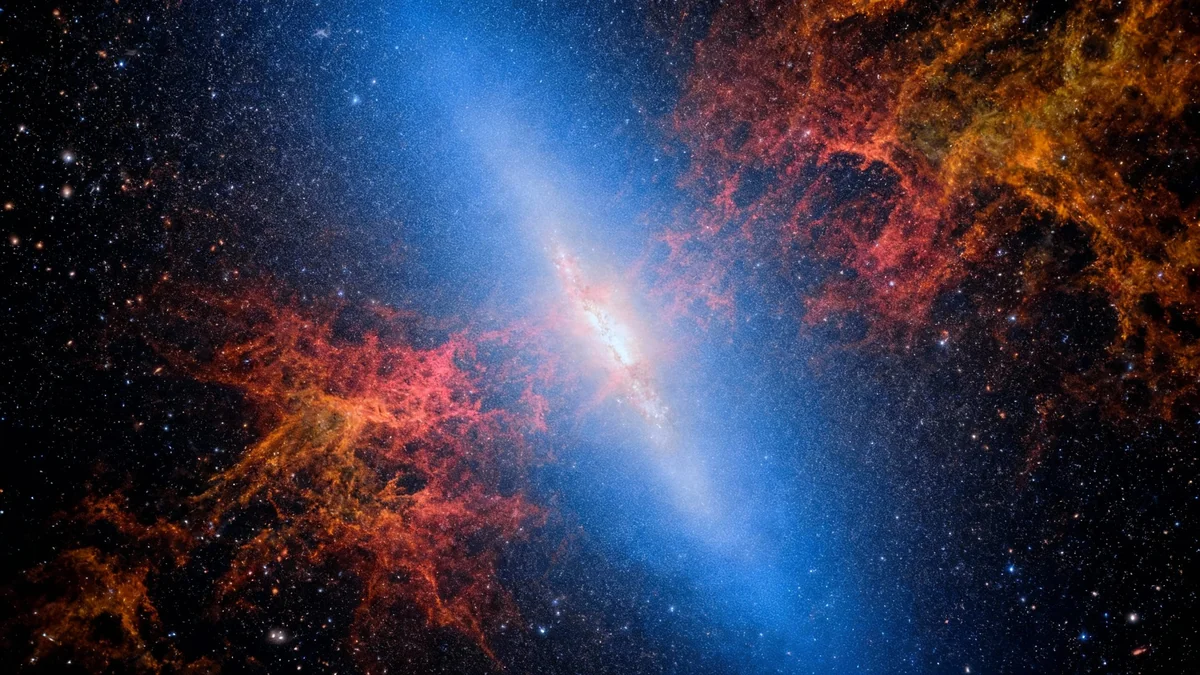A high-resolution simulation from the University of Michigan has revealed critical weaknesses in current methods for forecasting space weather. The research shows that Coronal Mass Ejections (CMEs) are far more complex than previously modeled, potentially allowing dangerous solar events to go undetected by existing satellite systems.
Published in The Astrophysical Journal, the study highlights how these massive solar eruptions break down into smaller, unpredictable structures. This finding strengthens the case for advanced monitoring missions to protect Earth's vital infrastructure from severe geomagnetic storms.
Key Takeaways
- A new simulation shows that Coronal Mass Ejections (CMEs) break apart into smaller, complex structures called flux ropes when they interact with slower solar wind.
- Current space weather models treat CMEs as single, uniform events, which can lead to inaccurate forecasts.
- Existing single-point satellites may miss these smaller, potentially hazardous flux ropes due to their varied magnetic orientations.
- Researchers propose the SWIFT mission, a four-probe constellation, to provide comprehensive monitoring and earlier warnings of dangerous space weather.
Understanding the Threat of Space Weather
Geomagnetic storms, caused by massive eruptions from the Sun, pose a significant threat to modern society. These events can disrupt power grids, disable satellites, interfere with air traffic control, and impact agricultural systems. Despite this, the tools used to predict their arrival and intensity have not kept pace with the complexity of the phenomena.
For years, simulations have treated Coronal Mass Ejections as monolithic clouds of plasma and magnetic fields. However, observational data has long suggested a more intricate reality. According to researchers, this discrepancy between models and reality is a major vulnerability in our space weather preparedness.
A team led by the University of Michigan developed a new computational model to explore this complexity. Their work provides a detailed look at how CMEs evolve as they travel from the Sun toward Earth, revealing a process that creates smaller, more chaotic structures that are difficult to track.
The Role of Corotating Interaction Regions
The key to understanding this complexity lies in a solar feature known as a Corotating Interaction Region (CIR). A CIR is a large, dense structure that forms in space when a stream of fast-moving solar wind collides with an earlier, slower stream.
What is a Corotating Interaction Region (CIR)?
The Sun does not emit solar wind at a uniform speed. Faster streams often escape through "coronal holes," areas where the Sun's magnetic field lines open into space. Slower streams are emitted from brighter, more active regions. When a fast stream overtakes a slow one, it compresses the plasma and magnetic fields, creating a massive, rotating barrier known as a CIR.
When a newly erupted CME travels through space, it often encounters one of these CIRs. The simulation demonstrates that this collision is not a simple impact but a complex interaction that fundamentally changes the CME's structure. This interaction is the primary mechanism for the breakdown of a simple CME into a more hazardous, complex event.
A Four-Step Breakdown of a Solar Storm
The groundbreaking simulation, which used over 260 million individual cells for unprecedented detail, identified a clear four-step process that transforms a CME.
First, the CME erupts from the Sun and collides with the slower, denser CIR. The leading edge of the CME begins to deform, creating a "cusp" shape as it pushes against the obstruction.
Second, as more material from the CME pushes from behind, the cusp is compressed, forming a narrow "neck." This process magnetically isolates the front section of the CME, creating a highly energized area called a bifurcating current sheet.
This energy release creates smaller, distinct magnetic structures known as "flux ropes." In the fourth and final step, these newly formed flux ropes are caught between shock waves generated by the reconnection event, which helps them maintain their structure as they continue their journey toward Earth.
These flux ropes, while smaller than the original CME, can still be millions of miles long and carry significant magnetic energy. Their existence explains why real-world CMEs appear much more complex than simplified models suggest.
The Case for a New Monitoring System
The simulation's findings present a serious challenge for space weather forecasters. The flux ropes created during the CME-CIR interaction can have different magnetic orientations than the parent CME. A single satellite, like those currently used for monitoring, could easily miss a flux rope with a hazardous orientation if it passes by at the wrong angle.
"Simulations are only as good as the data used to build them, and one of the central arguments of the paper is that we need better data," the researchers noted, emphasizing the limitations of the current observation network.
Missing a potent flux rope could lead to an unexpected and damaging geomagnetic storm on Earth, potentially causing billions of dollars in damages to critical infrastructure. To address this vulnerability, the researchers advocate for a new mission concept called the Space Weather Investigation Frontier (SWIFT).
The SWIFT Mission Constellation
The proposed SWIFT mission would consist of a constellation of four separate probes designed to work together.
- Three probes would be positioned in a triangular formation around the Earth-Sun L1 Lagrange point, a gravitationally stable location ideal for solar observation.
- A fourth probe would be placed closer to the Sun, equipped with a solar sail to maintain its position without expending large amounts of fuel.
This multi-point configuration would ensure that no matter the orientation of a CME or its subsequent flux ropes, the event would be measured by at least one of the probes. The forward-positioned probe would also provide a crucial earlier warning, giving authorities on Earth more time to prepare for a potential impact. While SWIFT has not yet secured funding, this new research provides compelling evidence for why such a mission is essential for national and global security.





